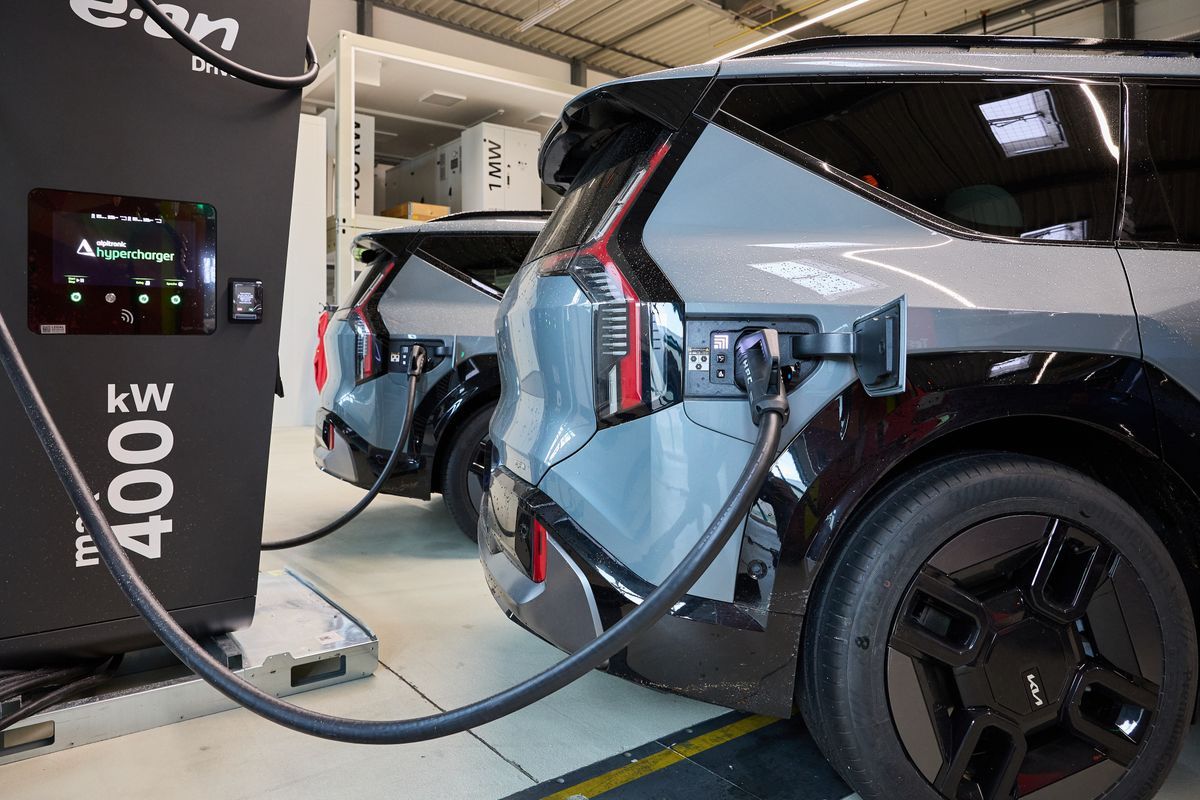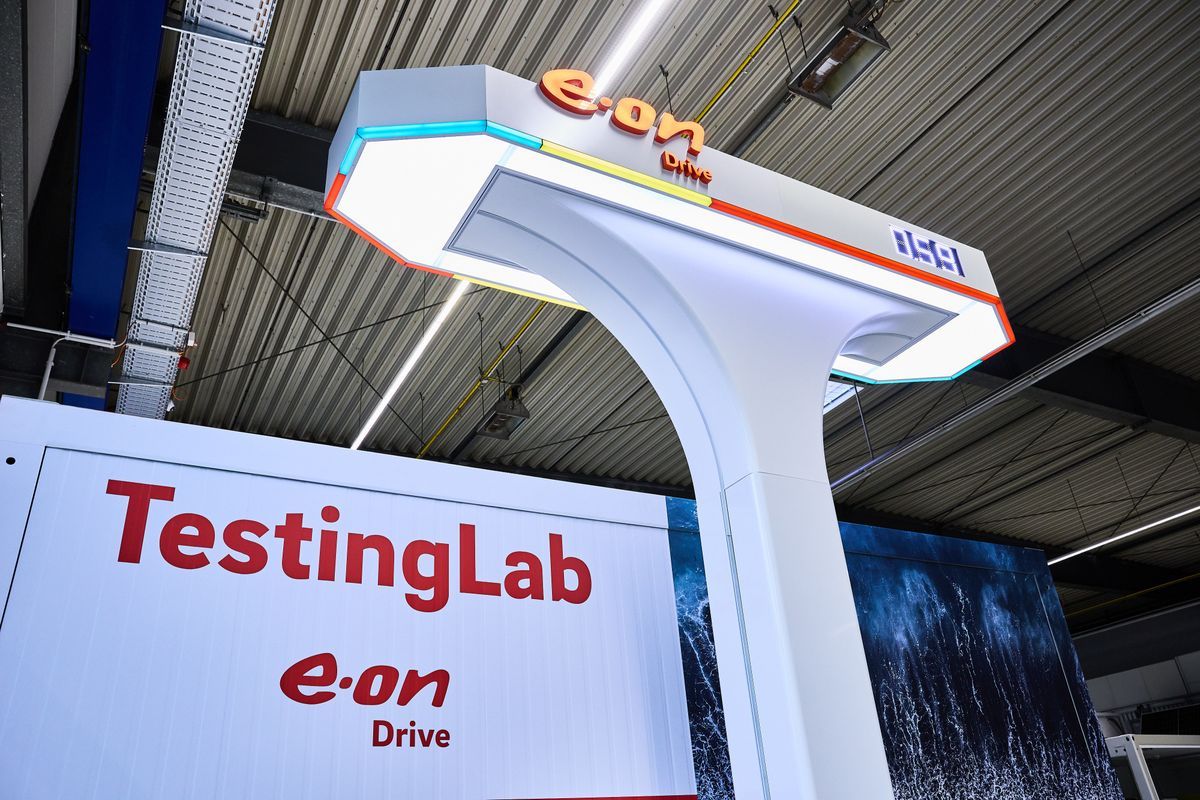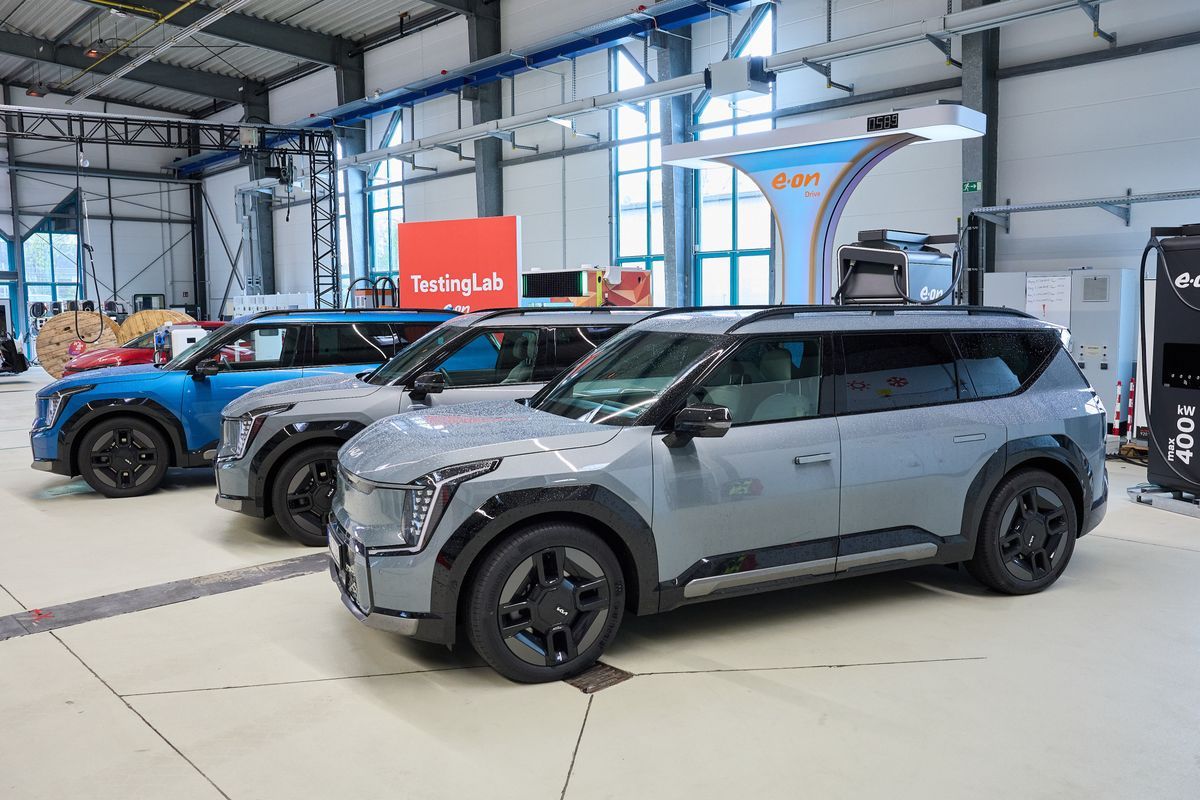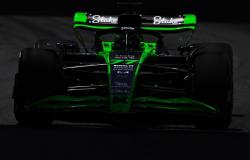Once you experience the full power of the EV9 for yourself, when you first put the gas pedal to the floor and the instant pull of the powerful 700 Nm pins you into the seat, you will be amazed at how this five meter long and two meter wide barn weighing two and a half tons can accelerate. However, if you have already driven a few electric cars, this will be nothing new for you. But if you’re not impressed by how quickly the EV9 converts energy into forward motion, you’re certainly impressed by how quickly it can recover it.
Charging the EV9 is also a big deal. Its advanced 800-volt architecture enables high charging performance – the paper maximum is 240 kW, and in reality it is no problem to move above the 200 kW level. At the same time, the shape of the charging curve resembles Table Mountain rather than a steep slope. At around 60% of the state of charge, you are moving around the mentioned 200 kW, and even at the level of 80%, some 150 kW still flows into the car (which is still the maximum for some electric vehicles). For comparison, the smaller EV6 model, until recently the pinnacle of mainstream technology, was able to charge with approximately 40 kW less power under the same conditions. Progress is simply unstoppable.
Photo: Kia CR / Garik Hammer
Real-world conditions showed charging progress for the EV9 over the EV6.
In real conditions, you can charge the EV9 in the effective range of 10-80% in about half an hour (and we are talking about a battery with a majestic capacity of almost 100 kWh), which is just enough for the whole family to empty their bladders on the go and fill bellies. After returning to the car, you have enough energy for the next three hours of driving. And that’s pretty good, isn’t it?
Photo: Kia CR / Garik Hammer
A hundred in 5.3 seconds is not the only noteworthy parameter of the EV9. What’s even more interesting is that you get 249 km of range in just 15 minutes of charging.
An efficient battery pre-heating and cooling system ensures that the EV9 delivers similar charging performance in summer heat and winter cold – just enter the charger as the destination of the route (or the navigation will automatically include charging stops in the route calculation) and the car will take care of the correct tempering to achieve what the shortest charging times. Then you just need to come across a sufficiently powerful charger on the way…

Photo: Kia CR / Garik Hammer
No car on the market can fully utilize the power of 400 kW. Yet. Nevertheless, such powerful stations are already becoming part of the charging infrastructure, because providers are thinking about the future. The charging performance of cars will soon catch up with them.
YOU KNOW THAT…
In the last year alone, it has increased in the Czech Republic over 400 charging stations and this year’s increase will be a fairly similar number. The total number goes up so fast approaching the number of 2,000 chargers. And it certainly won’t stop there…

Photo: E.ON
Charging stations throughout the Czech Republic are growing faster than the number of electric cars on the roads. So you don’t have to worry about not having a place to recharge on your travels.
And they are growing around Czech roads like mushrooms after the rain – today the most frequently installed stations are ultra-fast (referred to as HPC, hyperchargeror UFC, ultra fast charger), provide an output of up to 400 kW. There is not even a car on the market at the moment that can fully utilize this performance. Yet. It is therefore primarily a matter of preparation for the near future, when the charging power for passenger cars could reach up to 500 kW (and for electric trucks it will be exactly 1 MW).
Charging lab
In order for E.ON Drive to be sure that their stations operated throughout Europe are really reliable, they built a test laboratory that has no parallels on the continent. On an area of 10,000 m2 more than 25 charging stations and digital test environments are available to test charging with a power of up to 3 MW. Five special climate chambers are also installed, which allow simulating operation at extreme temperatures from minus 40 to plus 50 degrees Celsius.

Photo: Kia CR / Garik Hammer
The unique E.ON Drive test laboratory has no parallels in Europe, DC fast chargers and AC wallboxes are tested here, as well as a whole range of other related technologies.
In the real world, however, it’s not just about charging speed, it’s about reliability. There is nothing worse than when you reach the charger with the last percent of capacity and it does not work. That is why the charging station goes through extensive testing before being put into operation – with many different electric cars from different manufacturers (where compatibility is verified), with different firmware versions (stability of the station and communication with other systems of the operator) and under many different climatic conditions, because it must be reliable in the bitterly cold Finnish winter nights and in the hot Sicilian summer days.

Photo: Kia CR / Garik Hammer
In addition to DC fast chargers, AC racks of many types from many manufacturers and also AC wallboxes that customers install in their companies or homes are tested in a similar way. For them, the quality differences are even greater (because there are many manufacturers and the standards for them are not so strict) and the key is that their hardware and installation are really safe, so there is no risk of fire during long-term high loads. So, when choosing a wallbox, you should not go for the lowest price, but follow the recommendations of your electricity supplier or the car company from which you have your electric car, because they can put their hand in the fire for the recommended devices… or rather electrical sockets.
The good news is that both car manufacturers and energy companies are working intensively not only to speed up the charging of electric cars, but also to increase the availability and reliability of the entire infrastructure (which will be even more important in the future than increasing the battery capacity to increase the range). Electric cars should thus be more and more usable without annoying restrictions and complications.
Tags: wont time drink coffee Kia EV9 vividly demonstrates charging electric cars accelerates rapidly











